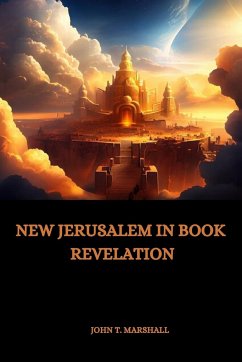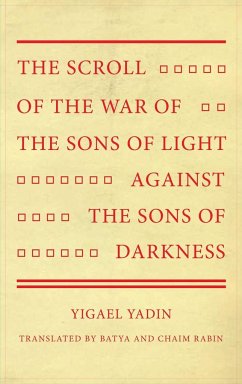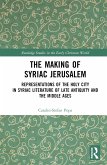This dissertation demonstrates the midrashic character and principles of John's visions through comparisons to midrashic traditions, with a new translation and commentary of Revelation 21 and 22, and by analyzing John's visions as midrash on the Genesis cosmogony. As a depiction of an end-of-theworld apocalypse, John's visions are usually placed in the apocalyptic genre; however, the midrashic approach can mitigate the apocalyptic view of the text and encourage environmentalism and stewardship of the planet (as a home for the new Jerusalem). The midrashic approach also integrates Jewish and Christian depictions of the heavenly Jerusalem, reversing the scholarly "parting of the ways." Including John's visions among midrashic traditions suggest early evidence of a divine bride: the city actualized as a Jerusalem bride is a precursor to the Kabbalistic Sabbath bride; Jerusalem as a tabernacle-city rather than temple-city connects to the etymology of God's presence, the Shekinah.








